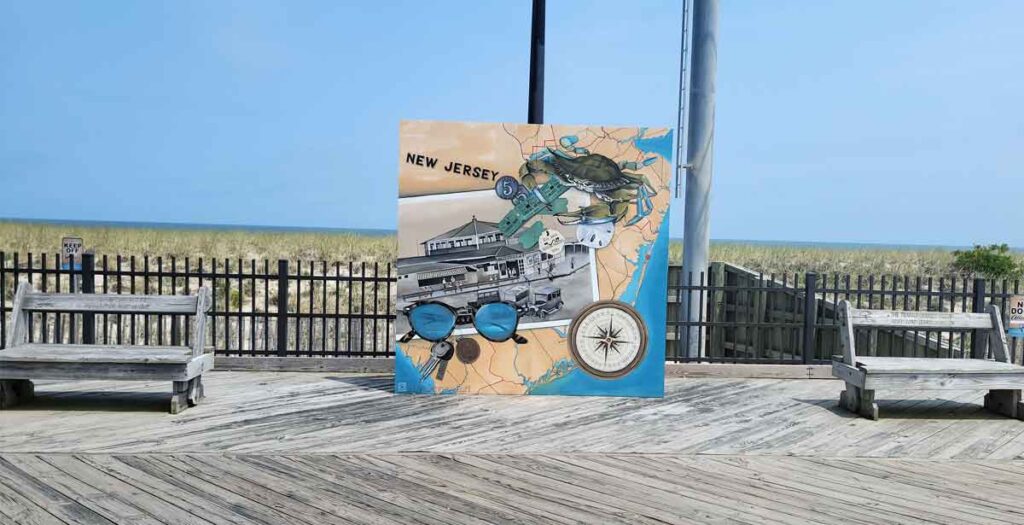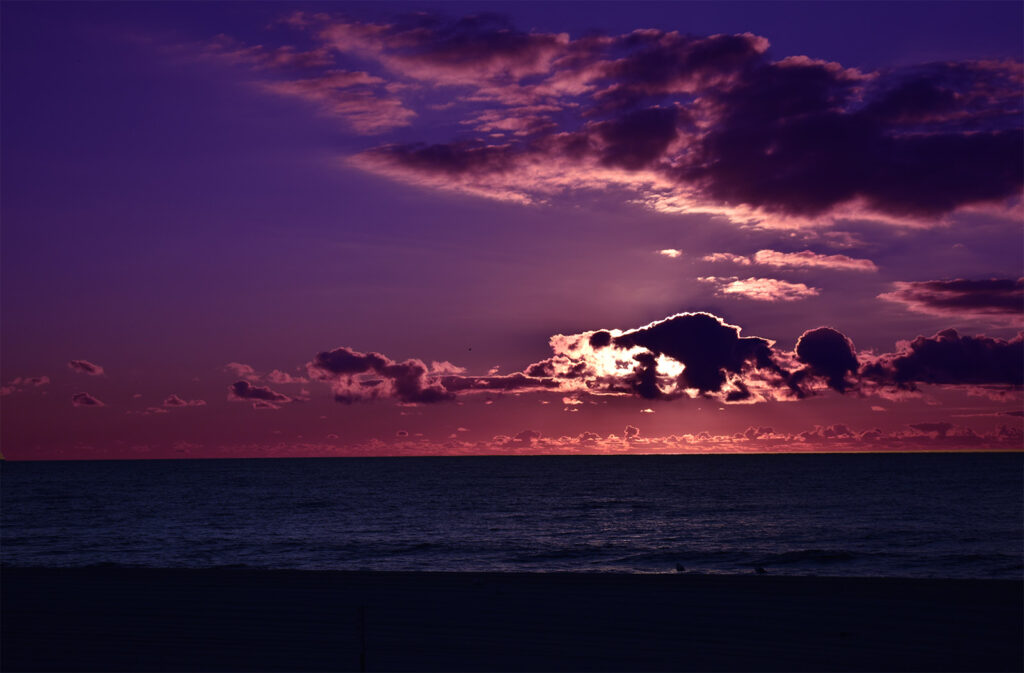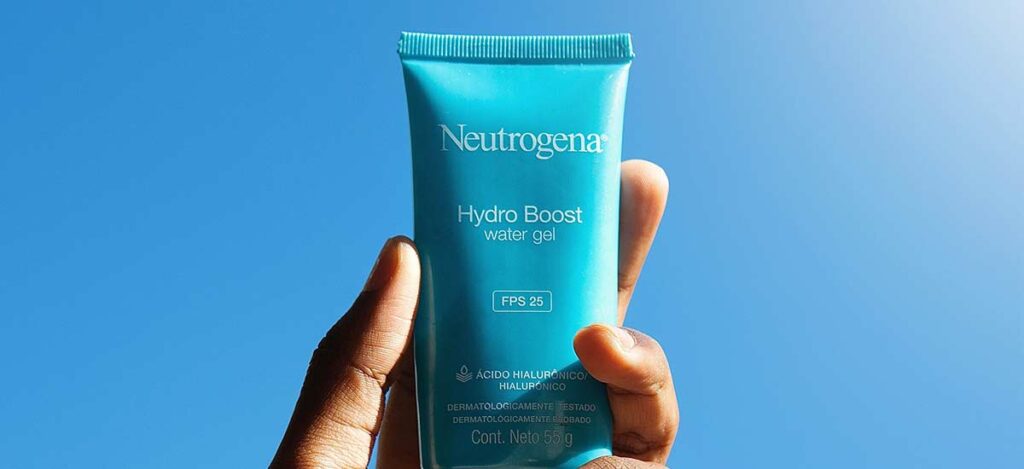Summer is a time for fun in the sun and hitting the beach to cool off in the waves. But with the enjoyment of the ocean comes the danger of drowning, making lifeguards a crucial line of defense in saving lives.
Every year, countless individuals owe their lives to the bravery and quick thinking of these dedicated professionals. In this article, we’ll explore the shocking statistics of lifeguard saves and highlight some of the most incredible rescues. Get ready to be amazed. But first…
History of Lifeguard Saves
In 1854 Atlantic City NJ and many other resort like locations were built so that folks who lived in the nearby cities could escape for some rest and relaxation. Thus, going to the beach to swim in the ocean became ‘a thing’.
With more and more people in the water, the American Red Cross cited that by the early 1900’s around 9,000 people in the United States were drowning each year. Several tactics were tried to reduce drownings, but eventually towns began to hire people specifically trained to aid in water rescues. This was the first time the term ‘lifeguard’ was used.
Around that time, two organizations formed formal training organizations. The Young Men’s Christian Association (YMCA) developed a volunteer National Lifesaving Service in 1912. And in 1914, the American Red Cross Lifesaving was established. At first, both programs primarily emphasized passive victim rescue steps which may have included throwing a rope or object to the person in the water.
When it came to ocean rescues though, these methods simply weren’t enough. Today’s lifeguard saves are often assisted by landlines, rescue bouys, rescue tubes, dories and rescue boards.
In 1964, the United States Lifesaving Association (USLA)
was founded to enhance lifesaving efforts and drowning prevention, to standardize beach lifeguard practices, to educate the public about water safety, and to improve professionalism among beach lifeguard organizations around the country. Membership has since expanded to
include any employee of an ocean, bay, lake, river or other open water rescue service.
Types of Rescues in the Water
Lifeguards are trained to enter the water in different ways depending on the situation. The four common types of lifeguard entries into the water:
- Wade-In: This is the most basic way to enter the water. The lifeguard simply walks (or runs) into the water from the shore. This may be used for shallow water lifeguard saves when the victim is close to the shore.
- Compact Jump: Here, the lifeguard jumps into the water feet first with their arms crossed over their chest. This entry is used for rescues in deeper water or when the lifeguard needs to enter the water quickly.
- Slide-In: The lifeguard sits on the edge of the pool or deck with their legs extended into the water, and then slides in. This entry is useful for shallow water pool rescues or when the water is too shallow for a dive.
- Stride: In this entry, the lifeguard runs toward the water’s edge and performs a shallow dive or a forward jump into the water. This is the fastest and most efficient entry technique for lifeguard saves after a wade-in at the ocean or deep pool waters.
Amazing Lifeguard Saves Facts & Figures
General Drowning Facts
Let’s kick things off with super critical stats about drownings in the United states. It is important to note that this information covers all forms of drownings, not just those that happen at an ocean, lake or public pool. This information was pulled these from the CDC’s drowning facts. Let’s dive right in.
- The devastating stats of drowning deaths in the United States is enough to send shivers down your spine. Can you believe that about 4,000 precious lives are lost each year to this preventable tragedy?
- Approximately 50-75% of these drownings occur in open water such as oceans, lakes, rivers, and ponds*.
- It’s also heartbreaking to know that children aged 1-4 are the most vulnerable, with more dying from drowning than any other cause of death.
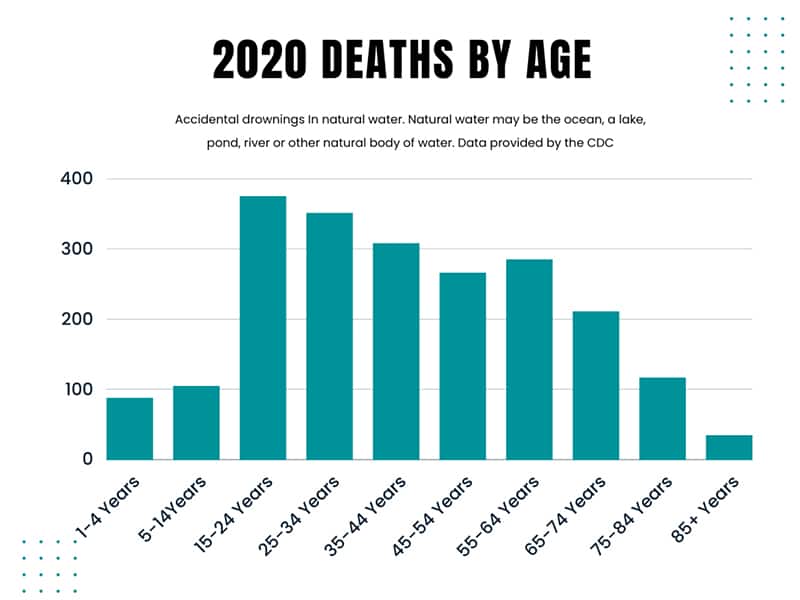
- Even children aged 5-14 face the same risk, with drowning being the second leading cause of unintentional injury death after motor vehicle crashes. These stats are not just numbers, they represent the unimaginable pain and loss that families have to endure.
- It is also important to note that nearly 80% of drowning victims are male.
- We must also acknowledge the grim reality that Black people have a 1.5 times higher drowning death rate than White people.
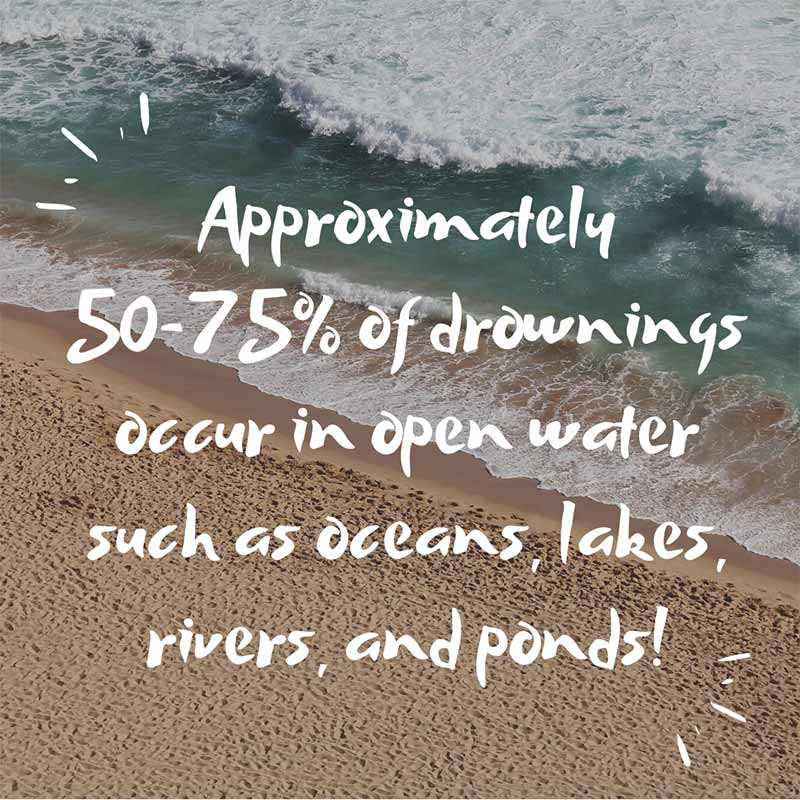
Lifeguard Saves & The Challenges They Face
Lifeguards are the brave individuals who stand watch over our beaches, swimming pools, and water parks to ensure the safety of swimmers. They are trained to respond to emergencies quickly and effectively, and their life-saving efforts have saved countless lives.
Lifeguards face a range of challenges that can make their job both physically and mentally demanding. They may have long and exhausting hours, sometimes working shifts up to 12 hours a day. They also work in all types of weather conditions, including extreme heat, cold, wind, rain, and sun exposure,.
Lifeguards must also deal with swimmers who may not follow safety rules, disobey lifeguard instructions, or put themselves and others in danger. Responding to emergency situations on a regular basis may also be stressful and emotionally taxing.
- Rip currents can be very dangerous. While speeds vary, average speeds are 1-2 feet per second, and have been recorded as fast as 8 feet per second. Rip currents account for 80% of lifeguard saves at the beach.
- According to the International Lifesaving Federation reports, certified lifeguards across the world rescue more than one million lives each year.
- The United States Lifesaving Association (USLA) stats tell us that the chance of death by drowning at a beach protected by lifeguards is 1 in 18 million.
- In 2021 the USLA reported that lifeguards saved 69,774 people.
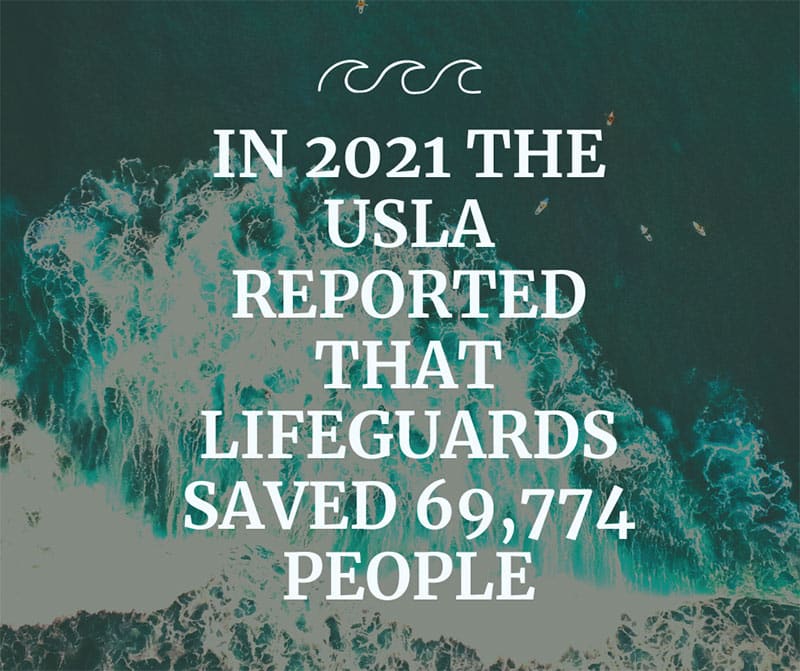
- Even though the data proves lifeguards save lives, about 60%-70% of U.S. beaches are unguarded.
- The USLA stats also show over a ten year period that the chance of drowning at a beach without a lifeguard is almost five times as great as drowning at a beach with lifeguards.
- 99% of the actions Lifeguards take at the beach are verbal warnings to people who are in a situation that if continued would compromise their safety. (USLA)
- USLA data also shows that in the 1960s the rescue-to-drowning ratio on beaches was 1 in 2,004. in the 1990s, with the improvement of training and tools, that ratio was improved to 1 in 4,832.
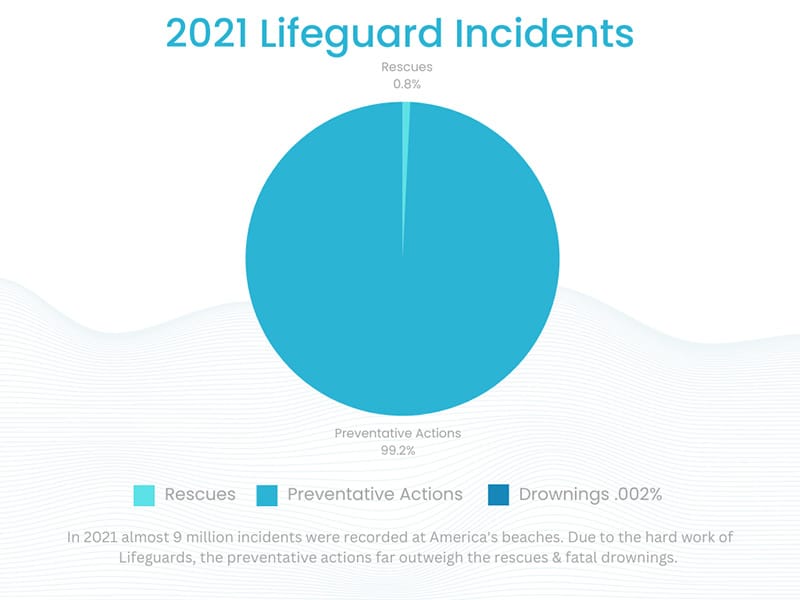
Amazing Stories of Heroism
The bravery and quick thinking of Lifeguards has saved countless lives over the years, and many lifeguards have become heroes in their communities. Here are some examples that showcase the incredible work they do and the impact they have on the people they serve.
In June of 2021, 240 people were rescued from the Gulf in Panama City Beach over the course of just 6 days! Double red flags were out as a result of rough surf conditions caused by Tropical Storm Claudette. Tourists ignore the rules putting themselves and Lifeguards in danger. (Panama City Herald)
Over 4th of July weekend in 2018, Sea Girt NJ lifeguards rescued or assisted 100 people from the ocean Sunday & Saturday. The Lifeguard saves were caused by sandbars, inshore holes and rip currents. (NJ.com)
Memorial Day, 2019 20 rip current lifeguard saves were reported between Carolina Beach and Wrightsville Beach in North Carolina. (ABC News)
What exactly is a lifeguard save, and how do lifeguards execute them?
A lifeguard save, or rescue, means saving someone who is in trouble in the water. This could be anything from not being able to stay above the water to not being able to get back to the shore. A lifeguard saves someone by going into the water, and using their training and tools to bring the person to safety.
How does a lifeguard know when someone needs help in the water, and what signs do they look for?
They watch for people who are struggling, trying to come back to shore without progress, waving their arms, or calling for help. Lifeguards also keep an eye out for people who are not moving or seem to be unconscious. They often use binoculars to scan the water for potential problems. By staying alert and paying close attention lifeguards can quickly identify when someone is in trouble and act fast to prevent drownings and other water-related accidents.
What is the training required to become a lifeguard, and what skills are necessary for the job?
To become a lifeguard, you need to go through special training that teaches you how to recognize and respond to emergencies in the water. This training includes learning how to swim, perform lifeguard saves, and give first aid. You also learn about water safety, the different types of emergencies that can happen in the water, and how to prevent them.
To be a good lifeguard, you need to have strong swimming skills, be physically fit, and have good communication skills. You also need to be able to stay calm under pressure, make quick decisions, and work well as part of a team. Lifeguards need to be able to think on their feet and adapt to different situations quickly.
What kind of equipment do lifeguards use, and how do they choose which tools to use in specific situations?
Lifeguards have many options to help them perform rescues and keep swimmers safe. Some of the most common tools include landlines, rescue bouys, rescue tubes, dories, and rescue boards.
A landline is a rope that is used to help pull someone in trouble back to shore. A rescue bouy is a floatation device that can be thrown to someone in the water to help keep them afloat. A rescue tube is a long, flexible tube that can be used to tow a person to safety. A dory is a small boat that can get people to safety. Last, a rescue board is a board that can be used to support someone in the water and help them stay afloat.
Lifeguards choose which tools to use based on the situation at hand. For example, if someone is struggling close to shore, a landline or rescue bouy may be the best choice. If someone is further out in the water, a rescue tube or dory may be better to use. The lifeguard will assess the situation, and safely rescue the person in distress.
How do lifeguards communicate with one another and with other emergency responders when a rescue is taking place?
One way Lifeguards communicate is by using hand signals, such as pointing or waving, to signal what they need or where they are going. They can also use a whistle to get attention and signal for help.
Them may also use radios to talk to each other or to call for backup quickly and effectively, even over long distances. They can relay important information about the situation and coordinate their efforts to rescue the person in distress.
In some cases, lifeguards may also use visual signals, such as flares or lights, to signal for help or to help rescuers locate them in the water. By using these tools, lifeguards can work together to quickly and safely rescue those in need.
How do lifeguards prevent accidents from happening in the first place, and what steps do they take to ensure the safety of beachgoers?
Lifeguards watch the water closely and assess the waves, tides, and currents. They may put up warning flags or signs to alert people to hazards. And, they may even restrict access to certain areas of the beach when conditions are not safe for swimming.
In addition, lifeguards regularly patrol the beach and water to keep an eye on swimmers. They look for signs of distress and step before an emergency occurs.
The Most Dangerous Ocean Beaches in the US: Drownings (And Rescues) by State
When it comes to natural water drownings and beach rescues, there are a few states that stand out from the rest. According to recent data, the top five states with the most natural water drownings are California, Florida, Texas, Michigan, and New York. These states have a high number of drownings each year due to factors such as large populations, popular beaches, and varying ocean conditions.
However, it’s not all doom and gloom. These states also have a high number of beach rescues, with lifeguards working tirelessly to keep beachgoers safe. In fact, California alone had over 22,000 lifeguard saves in 2020, demonstrating the dedication and hard work of the lifeguard community.
So, what can we learn from the 2020 stats below provided by the CDC and USLA? While it’s important to be aware of the potential dangers of natural water and the beach, it’s also reassuring to know that there are highly trained professionals working to keep us safe. Following water safety guidelines and listen to the lifeguards!
- California accounts for the most rescues with 43.4% of lifeguard saves, 45% of those rescues are the result of rip tides. (USLA)
- The top 5 states with the most rescues in order were California, Delaware, Florida, New Jersey and New Hampshire. All 5 clocking in with 28,936 rescues, which is 57% of all rescues in all states. (USLA)
- It might surprise you to know that Maine could be considered the state where Lifeguards are working the hardest. This state has the highest percentage of rescues for all beachgoers with .05%. California is the second, followed by North Carolina and New Jersey.(USLA)
- The top areas in California with the most rescues are California State Parks, with 13,949 rescues alone. Followed by Newport Beach, Orange County and Oceanside. (USLA)
- The hardworking Lifeguards in Ocean City NJ clocked in with 838 lifeguard saves! Sea Girt also reported a high number at 526. (USLA)
- For such a small state, Delaware cites 614 rescues at Bethany Beach.
- Broward county in Florida holds has the most reported lifeguard saves with 602. (USLA)
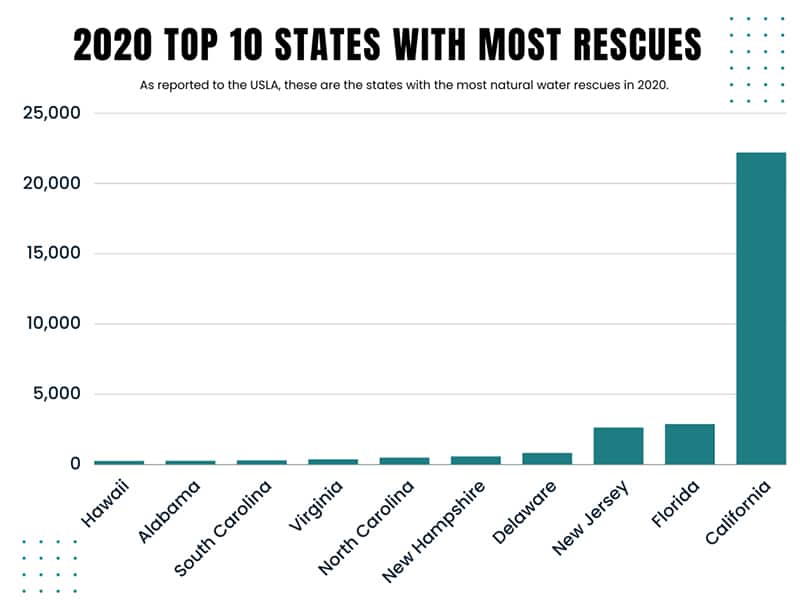
- Texas recorded the most deaths with 203, which is 9.5% of drownings in all states. (CDC)
- There were 6 states with no recorded natural water drownings, one of those states was Vermont (CDC)
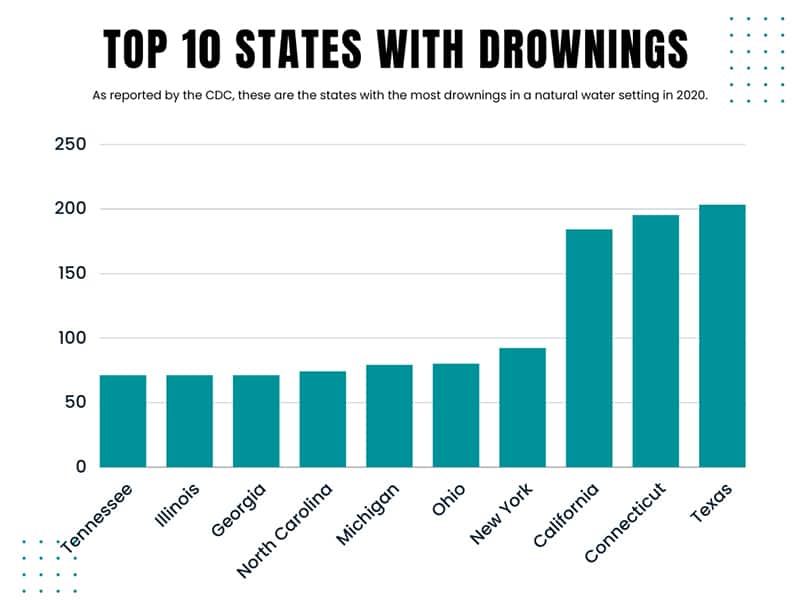
Additional Sources
National Center for Injury Prevention and the Centers for Disease Control and Prevention (2001). Lifeguard Effectiveness: A Report of the Working Group
Brewster, B. Chris & Richardson, William (August 10, 2001). Personal Communication
American Red Cross (1995). Lifeguarding Today, St. Louis, Missouri: Mosby Lifeline
Centers for Disease Control and Prevention
THE AUTHOR
VENESSA REGALI
I have spent my whole life going to and loving the beach. I am a wife, a mom of 2, and a business leader with an MBA in Marketing from Seton Hall University. I have been writing about Seaside Heights and the beach for the past 10 years. I love discovering new things about our town and helping you make the most of your vacation. The only thing I love more than writing about Seaside Heights is being there. The beach is my happy place!

Book Your Seaside Heights Vacation Rental Today
Don't wait! All the best rentals book fast. We have you covered Seaside Heights has hundreds of rental options.
Paid Link
Explore Beach Vacation Rentals

